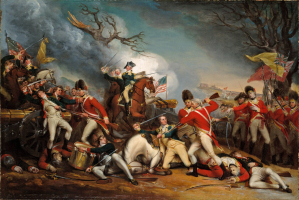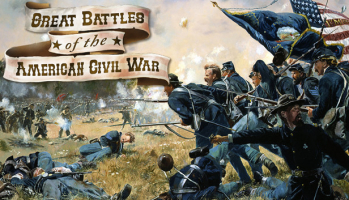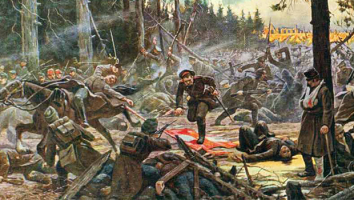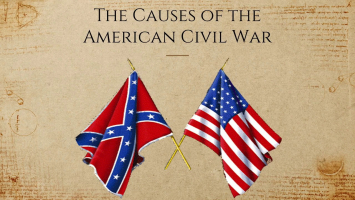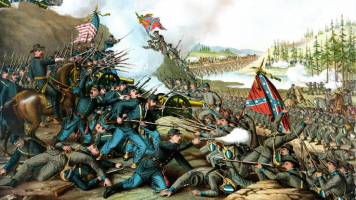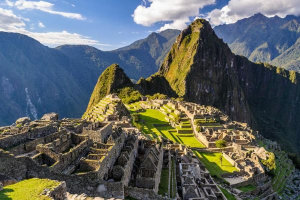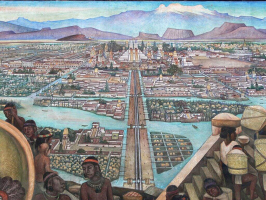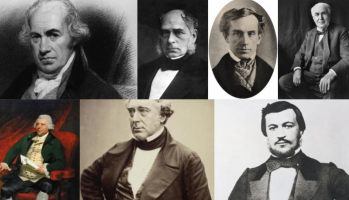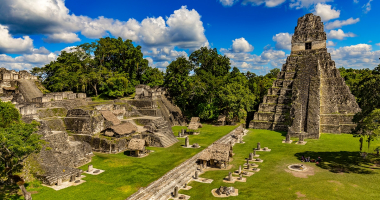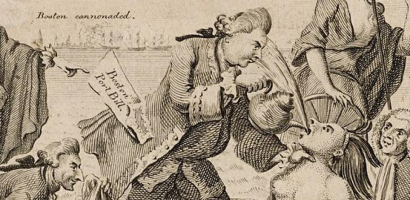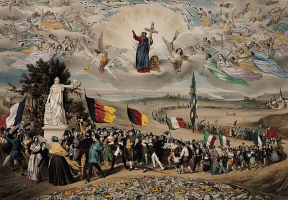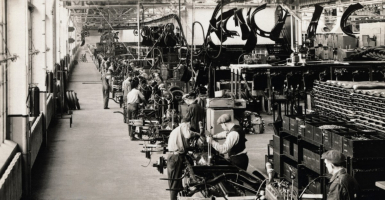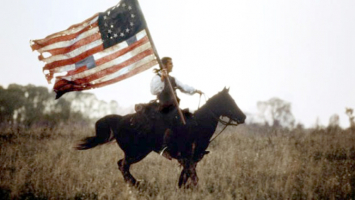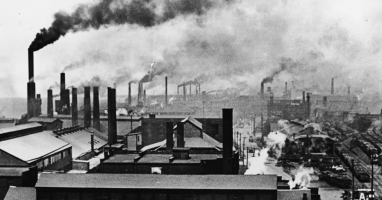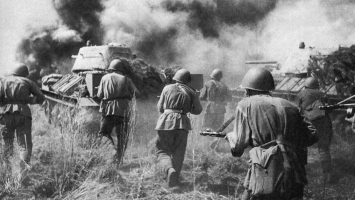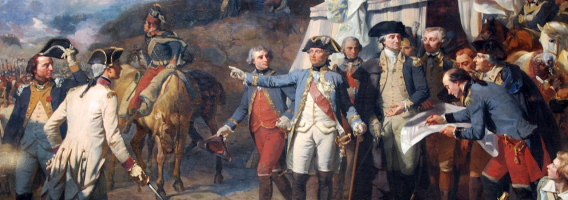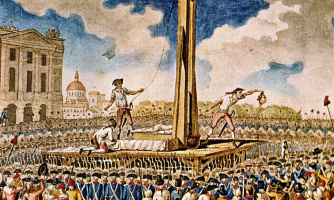Top 10 Major Battles Of The Vietnam War
In the cause of national building, Vietnam had to cope with numerous foreign aggressions and civil wars. One of them was the Vietnam War, which was one of the ... read more...most infamous wars that contributed to the liberation of Vietnam. Despite being called “The Vietnam War”, it was an international war between the French at first, then the United States and its allies on the side of South Vietnam, and the Communist Bloc on the side of North Vietnam. The Vietnam War lasted from 1st November 1955 to 30 April 1975, and inflicted a devastating toll on Vietnam’s population: After years of warfare, an estimated 2 million Vietnamese were killed, while 3 million were wounded and another 12 million became refugees. To give you a better overview of The Vietnam War, we picked out 10 of the most notable battles as follows.
-
On January 2, 1963, the Army of the Republic of Viet Nam (ARVN) (Or "North Vietnamese Army") and the National Front for the Liberation of South Vietnam (NLF/Viet Cong) fought near the village of Ap Bac in Dinh Tuong province, approximately 50 miles southwest of Saigon. The Battle of Ap Bac was believed to be the very first major battle during The Vietnam War. After discovering that a large group of the North Vietnamese Army was near the Village of Ap Bac, The Army of the Republic of South Vietnam was ordered to destroy them.
Despite consisting of 2,500 troops of South Vietnam’s 7th Infantry Division, who with American assistance in weapons and planning and much better equipped, The Army of the Republic of South Vietnam was destroyed by a group of 350 guerrillas from the Army of the Republic of Viet Nam. Five American helicopters were destroyed, and more had to be brought in to rescue the surviving soldiers.
With this major victory at The Battle of Ap Bac, the Army of the Republic of Viet Nam went a step ahead in the Vietnam War. The outcome of the battle also had the US realized that it had to get more involved in the next battles to come.
- Date: January 2, 1963
- Location: Ap Bac, Dinh Tuong, Vietnam
- Result: North Vietnam victory
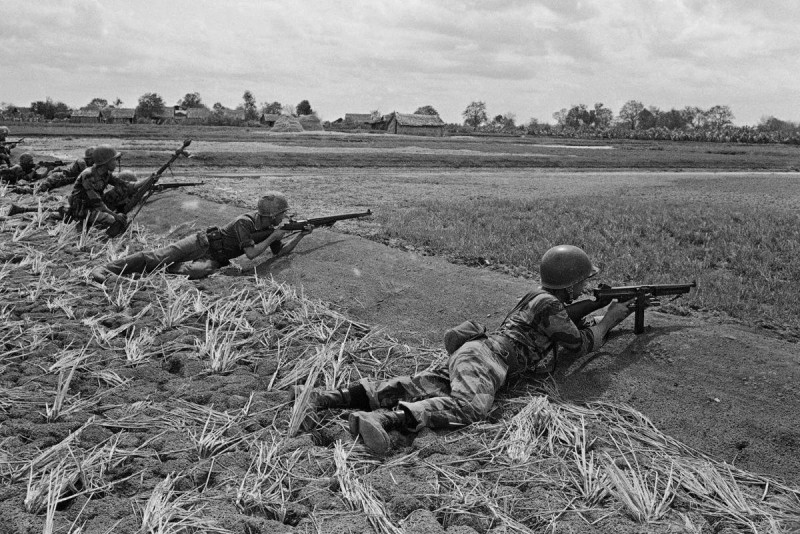
Photo: FK Gaming (Video: Jordan Cardiz) -
In 1964, an incident named "The Gulf of Tonkin Incident" occurred, in which it was asserted that a US ship had been assaulted by North Vietnamese forces. However, much later on it was proved that there was no such attack that had taken place. The US army used this false incident as a reason to justify their action of bombarding North Vietnam. This crucial action of the US Army prompted the Soviets to get involved. As a result, the South of Vietnam's bases were attacked by the Army from the North as a payback for what had happened. The War that occurred is now called the Battle of Pleiku.
In the following year, the People's Army of Vietnam started its moves. They first attacked Camp Holloway (an American helicopter facility) near Pleiku on February 6 (This was done by the Viet Cong (VC) 409th Battalion). After that, they attacked a South Vietnam Army base the day after (This was done by the VC 30th Battalion). Battle of Pleiku made a huge impact on the US army as well as its government. President Johnson - former president of the United State of America, who had been hesitant to increase American participation in Vietnam, was persuaded. Not long after, China and Cuba were forced to do the same.
- Date: February 6 - 7, 1964
- Location: Pleiku, Vietnam
- Result: North Vietnam victory
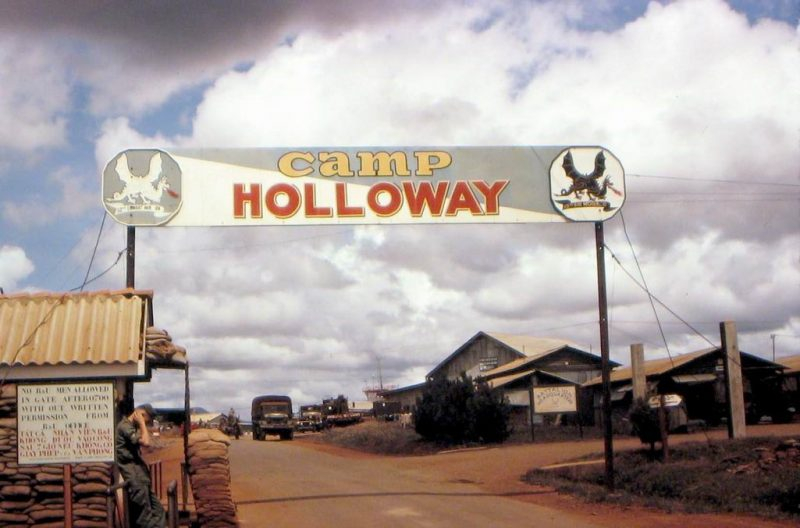
Photo: warhistoryonline.com Video: dotcomthom1 -
The Battle of Van Tuong is also known as Operation Starlite. This battle is considered to be the first attack solely by the US army against the People's Army of Vietnam. At the time, even though Vietnam's army didn't have any attacks on the US army, the US army still decide to undertake a "preemptive strike" towards The Vietnam's army. The reason for that was the protection of the US army over their Air Base in Cu Lai, Van Tuong.
On August 18, a VC defector claimed that North Vietnam intended to launch an attack on the American Chu Lai Airbase. This triggered the US army and causes them to launch their first attack with helicopters, tanks, and naval ships near the border of North and South Vietnam. With this first attack, the Battle of Van Tuong begin.
The Battle of Van Tuong lasted for 7 days and finally ended on August 24 with victory at the hand of the US army. After the battle, the US army lost 45 of its soldiers but killed off 614 soldiers from The Vietnam's army. However, Vietnam's army also claimed their victory since they were able to keep the US forces out of their territory.- Date: August 18 - 24, 1965
- Location: Van Tuong, Vietnam.
- Result: US victory
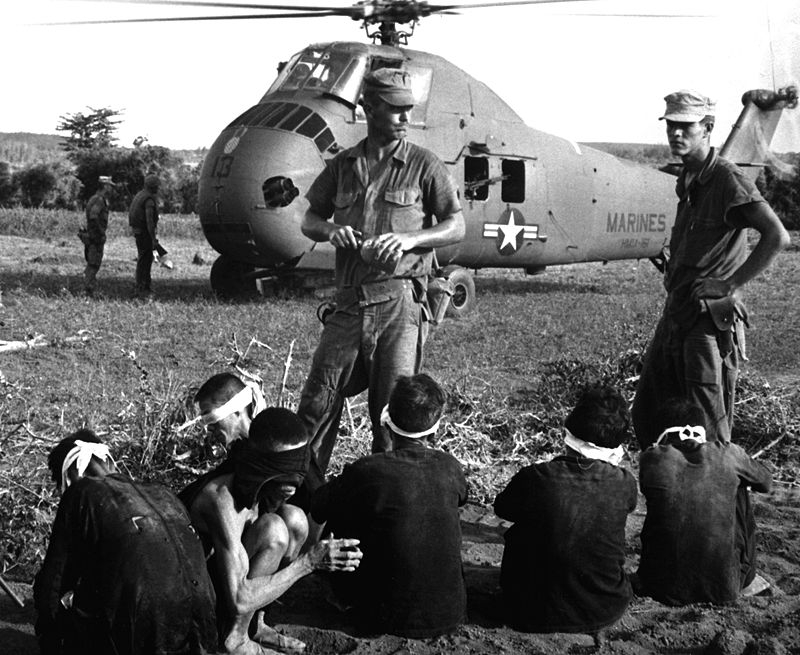
Photo: warhistoryonline.com Video: DEVGRU5022 -
This was the first major battle between the US forces and People’s Army of Vietnam (PAVN) that took place in the Central Highlands of South Vietnam. Battle of Ia Drang was a 2-part battle that occurred at the Landing Zone X-Ray and Albany in Ia Drang Valley.
In the first part, the VC attacked the Special Forces camp at Plei Me, the US launched three counterattacks to cut them off from their retreat to Cambodia and destroy them. The Battle of Ia Drang was part of the second phase from November 14 to 18 when the VC launched a conventional attack on US forces deployed by helicopter close to their main supply bases and the border. Instead of employing their usual guerrilla tactics, PAVN soldiers went head to head trying to overrun the Americans. As a result, both sides were beaten off and received heavy casualties. However, both sides also claimed the battle was a victory of their own.
The Battle of Ia Drang was considered essential as it taught the Americans to stick to their superior air mobility as well as artillery fire to achieve their battlefield objectives, and the People’s Army of Vietnam to stick to guerrilla warfare in order to neutralize American advantages.
- Date: November 14-18, 1965
- Location: Ia Drang Valley, Vietnam
- Result: Both sides claimed victory
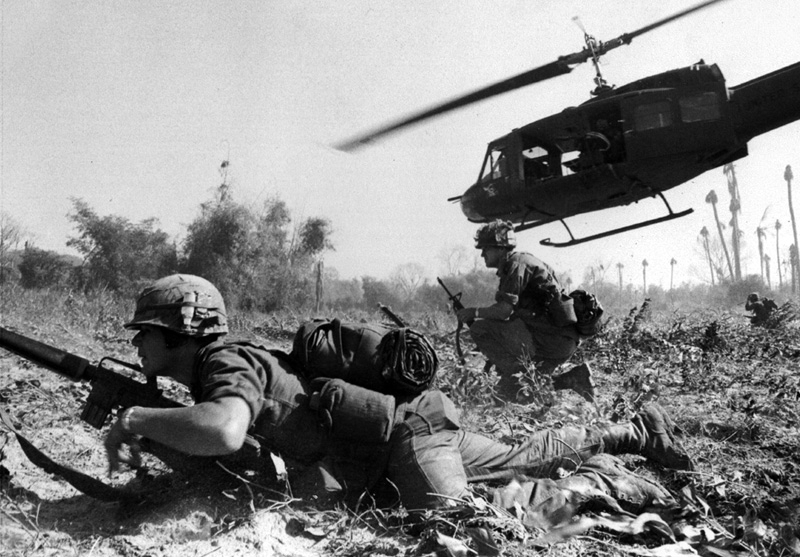
Photo: https://www.warhistoryonline.com/vietnam-war/ Video: Flawless War Gamer -
The Battle of Khe Sanh took place in Khe Sanh – northwestern Quang Tri province, South Vietnam from January 21 to April 9, 1968. The battle started when the People’s Army of Vietnam (PAVN) troops shelled the US Marine garrison at Khe Sanh. The PAVN surrounded the base and used anti-aircraft missiles to prevent planes and helicopters from providing reinforcements. For 77 days, ARVN and U.S. Marines fought an extensive fight. It was only in March that Operation Pegasus (a land-based rescue) was able to provide reinforcements and supplies. It could not, however, remove the personnel. It took Operation Charlie on June 19 to do that after heavy shelling of the VC.
The Battle of Khe Sanh is known to be one of the longest and bloodiest battles of the Vietnam War. After the battle ended, both sides claimed victory despite heavy casualties. However, it is believed that the ARVN won the battle since The Battle of Khe Sanh seemed a diversionary tactic to distract American & South Vietnamese forces from the Viet Cong build-up in the South for the so-called “Tet Offensive”. The Battle of Khe Sanh added to the victories of the People’s Army of Vietnam, and led to so many other major battles and victories for them later in the War.
- Date: January 21 - April 9, 1968
- Location: Khe Sanh, Quang Tri, Vietnam
- Result: North Vietnam victory
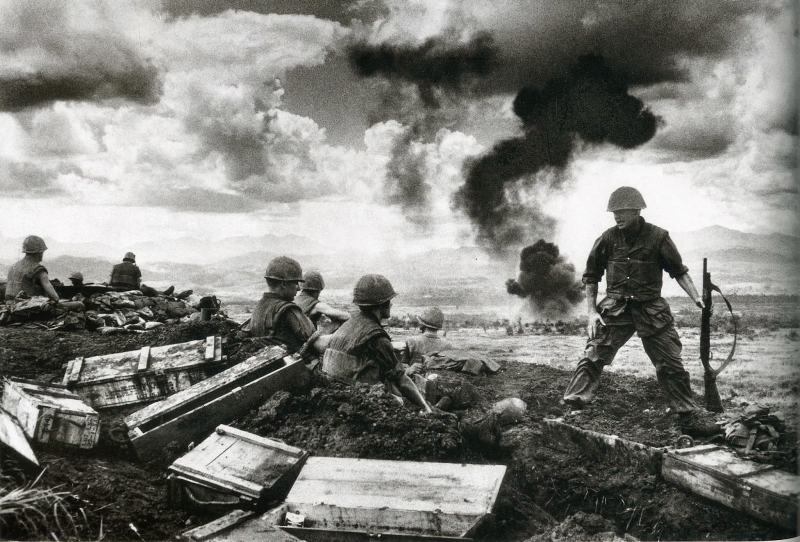
Photo: Vietnam The Art of War Video: AP Archive - Date: January 21 - April 9, 1968
-
While the U.S army and South Vietnam's army were still focusing on Khe Sanh, the North Vietnamese and Viet Cong troops surprisingly launched the Tet Offensive - one of the largest military campaigns of the Vietnam War. On 30 January 1968 - the first day of Tet (Vietnamese Lunar New Year), the North Vietnam army launched a series of aggressive and coordinated surprise attacks over 100 towns and cities in South Vietnam.
The communists were swiftly routed despite their surprise and initial success, with the exception of Saigon, which took around two weeks, and Hue in particular, which took the PAVN almost a month to retake. The attacks continued till March 28.
The Tet Offensive was indeed a massive military defeat for North Vietnam. However, North Vietnam won a major "strategic" and "psychological" victory, to the point that this was often considered the turning point of the War, and the start of South Vietnam's defeat. These battles even had a huge impact on the US. Back in America, support for the war waned and calls to withdraw from Vietnam grew louder than ever. President Johnson made the decision to stop bombing North Vietnam and pursue peace talks instead.
- Date: January 30 - March 28, 1968.
- Location: South Vietnam.
- Result: Both sides claimed their victory.
Video: HISTORY Video: Simple History -
The Battle of Hamburger Hill took place on Hill 937 (as it was 937-meter above the sea) between the U.S. and ARVN against PAVN forces from May 10 to 20, 1969. The battle was a part of Operation Apache Snow, which aimed to drive PAVN out of the isolated A Shau Valley in the South Vietnamese province of Thua Thien-Hue. The hill where the battle took place is called by this unique name due to its grinding nature as a reference to a similar battle called “The Battle of Pork Chop Hill” during the Korean war.Although the hill was of little strategic value, U.S. commanders ordered direct assaults, which began on 10 May 1969 with the 101st Airborne Division and troops of the 9th Marine Regiment, the 5th Cavalry Regiment, and the 3rd ARVN Regiment. Despite military command estimating that they would reach the summit in a matter of hours, it took 10 more days and nearly 12 full assaults. The U.S. Army dropped more than 1,088 tons of bombs, 142 tons of napalm, 31,000 rounds of 20-mm shells, and 513 tons of teargas on North Vietnamese forces. 72 Americans were dead and more than 370 were wounded. Estimates of North Vietnamese losses vary, but at least 630 were killed. As a result, the battle caused lots of public outrage and controversy when reaching Washington.
Despite having won the battle, U.S forces withdrew from the hill soon after. The North Vietnamese soon reoccupied it. The result of The Battle of Hamburger Hill forced the US into rethinking their military strategy of“maximum pressure” against the North Vietnam into one of “protective reaction.”
- Date: May 10 - 20, 1969
- Location: Hill 937, South Vietnam.
- Result: US victory.
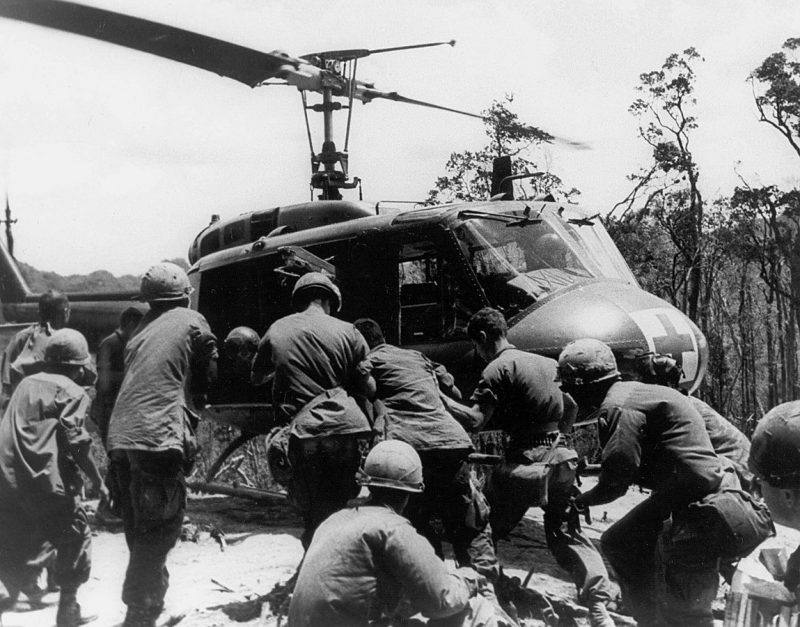
Photo: warhistoryonline.com Video: HISTORY -
The Easter Offensive was one of the most important battle of the Vietnam War, since it contributed to the arrangement of the Paris Peace Accords, scheduled for 27 January 1973.After the South Vietnamese Operation Lam Son 719 in 1971 ended in failure, to increase their bargaining power at those talks and further pressure the US into pulling out, the People's Army of Vietnam launched the conventional Easter Offensive against the ARVN and U.S. forces from March 30 to October 22, 1972. This is consideres to be the largest invasion since the Korean War was launch to improve the ARVN negociating position at the Paris Peace Accords, as written above.
PAVN's advancements were hampered despite their initial success by high casualties, poor tactics, and especially American destructive air force. PAVN forces withdrew from all fronts, which allowed ARVN forces to launch a counterattack and swiftly retake Quang Tri and other lost bases. However, it lost 10% of its territory to North Vietnam.
The Easter Offensive ended on October 22. Although North Vietnam didn't won the battle, they did achieve their important goals. North Vietnam kept their newly occupied territory and got their bargaining chip.
- Date: March 30 – October 22, 1972
- Location: South Vietnam.
- Result: Both sides claim victory, PAVN take control 10% of South Vietnamese territory.
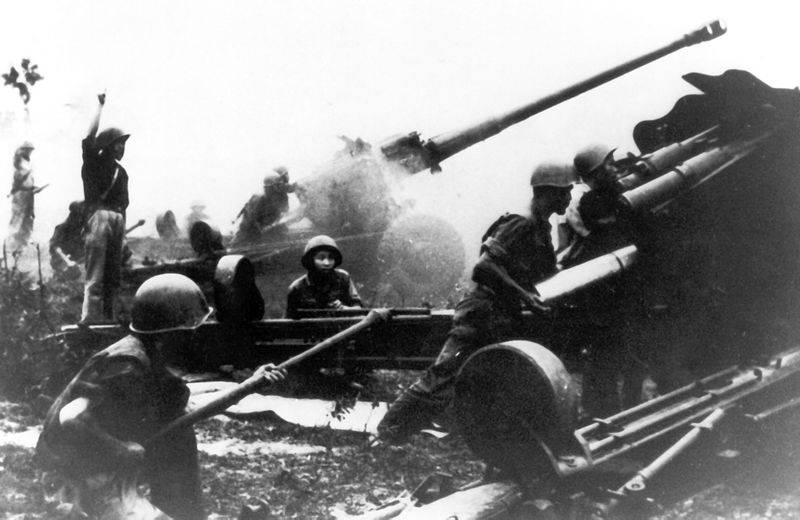
Photo: warhistoryonline.com Video: Vĩnh Long -
The battle of Xuan Loc is considered to be the last effort of the last military units of the ARVN to stop PAVN’s progress and save South Vietnam after devastating defeats in the Central Highlands as well as the major cities of Hue and Da Nang. This is also the last major battle of the Vietnam War, as reporter Bob Simon reported on April 15, 1975: “People in Saigon feel that if Xuan Loc falls, the war is over”.The Battle of Xuan Loc started on April 9, 1975, and lasted until April 20, 1975, in the town of Xuan Loc, Dong Nai Province, Vietnam. After successfully capturing strategic positions in South Vietnam during the Easter Offensive, North Vietnam continued to take more of South Vietnam’s northern territories. And finally, they enter Saigon - South Vietnam's capital at the time on April 21. The ARVN 18th Infantry Division was able to block the North Vietnam’s advance for almost twelve days, but soon after that was defeated, and South Vietnamese leadership - President Thieu resigned on April 21.
After the battle of Xuan Loc, North Vietnam controlled almost two third of South Vietnam’s territory and most importantly, the gateway to Saigon was now widely open.
- Date: 9–21 April 1975
- Location: Xuân Lộc, Đồng Nai Province, South Vietnam
- Result: North Vietnamese victory
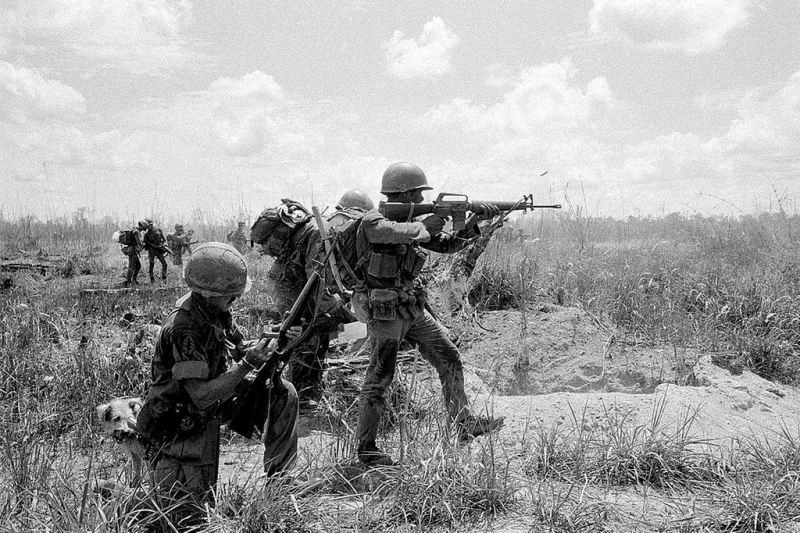
Photo: FK Gaming Video: CBS Evening News -
After the Battle of Xuan Loc ended with the final victory of the North Vietnam, all orders collapsed. By April 27, there were around 100,000 PAVN troops around the city of Saigon. On the other hand, the ARVN still had around 60,000 troops left for the defense of their lost capital. However, most of them joined the mass exodus to get out of the city trying to save their life. The other was leaderless and could not fight for anyone's sake. On April 29, the shelling began, and the following day, the North Vietnam entered the capital, marking the Fall of Saigon. The fate of Saigon and South Vietnam was quickly sealed, preceded by the final evacuations from the U.S. and its allies. And just like that, the Vietnam War finally ended on April 30.The fall of Saigon and South Vietnam was the last physical-battle in the Vietnam War. After this victory, North Vietnam and the People's Army of Vietnam took control over both North and South Vietnam, reuniting the two major parts of the country under Communist rule after centuries of being separated. The city of Saigon was also renamed after the revolutionary leader - Ho Chi Minh.
- Date: 30 April 1975
- Location: Saigon, South Vietnam
- Result: North Vietnamese victory,
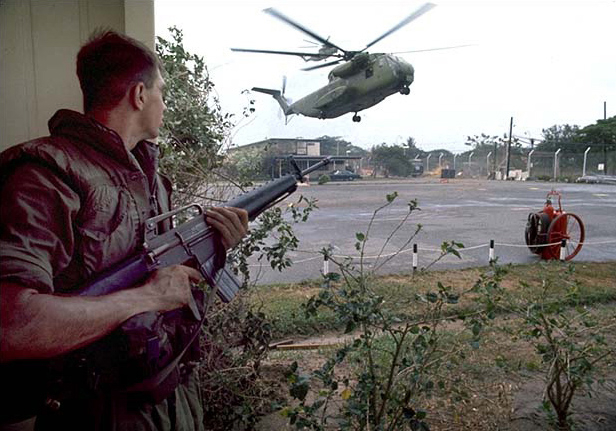
Photo: warhistoryonline.com Video: CBC News












